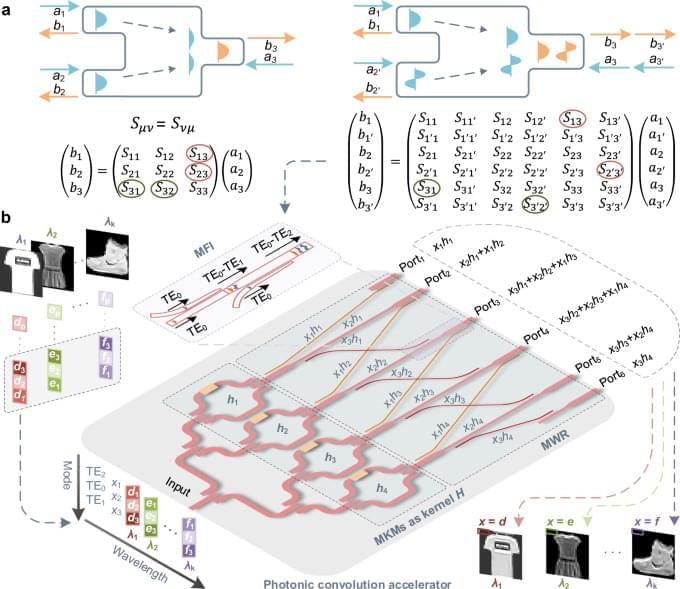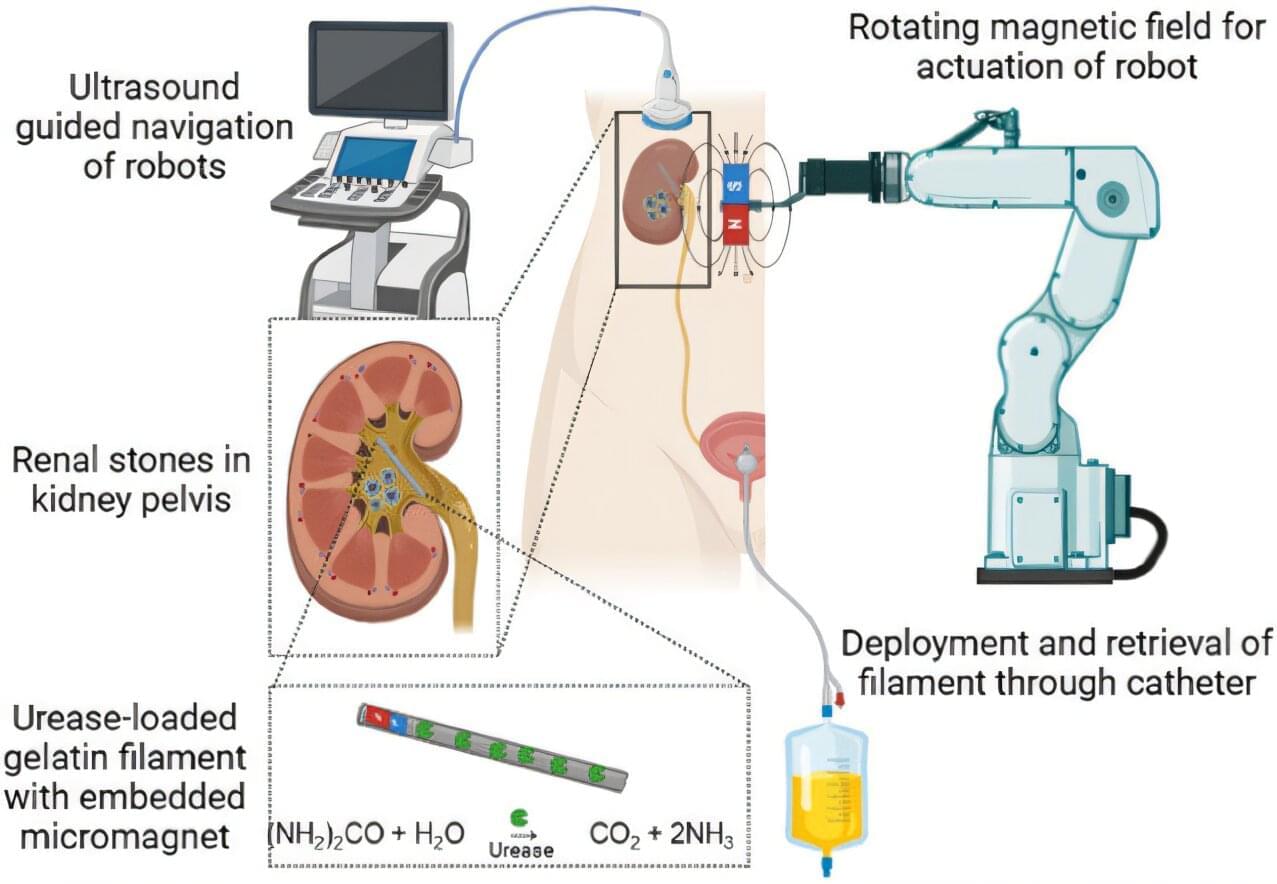To effectively tackle a variety of real-world tasks, robots should be able to reliably grasp objects of different shapes, textures and sizes, without dropping them in undesired locations. Conventional approaches to enhancing the ability of robots to grasp objects work by tightening the grip of a robotic hand to prevent objects from slipping.
Researchers at the University of Lincoln, Toshiba Europe’s Cambridge Research Laboratory, the University of Surrey, Arizona State University and KAIST recently introduced alternative computational strategies for preventing the slip of objects grasped by a robotic hand, which works by modulating the trajectories that a robotic hand follows while performing manipulative movements. Their approach, consisting of a robotic controller and a new bio-inspired predictive trajectory modulation strategy, was presented in a paper published in Nature Machine Intelligence.
“The inspiration for this paper came from a very human experience,” Amir Ghalamzan, senior author of the paper, told Tech Xplore.






